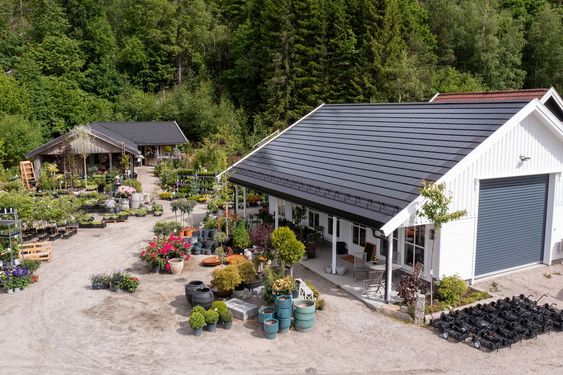
The triple bottom line (or otherwise noted as TBL or 3BL) is an accounting framework with three parts: social, environmental (or ecological) and financial. Some organizations have adopted the TBL framework to evaluate their performance in a broader perspective to create greater business value.[1]Business writer John Elkington claims to have coined the phrase in 1994.[2][3]
Authors: Chris Urwin, Bjørn K. Haugland, DNV GL
Imagine a world where every organisation had zero accidents, zero carbon emissions, zero waste and zero use of non-renewable materials. Imagine a world where every community had zero people without good jobs, zero people without a good education and zero children living in poverty. For many people, this may sound impossible because they believe that losses to the environment and society are just part of life. And yet many organisations and communities already achieve this performance. So what makes those organisations and communities different?
High performing organisations and communities have decided these social and environmental issues are so important that they have set their performance expectation at “target zero” and work steadfastly until this has been achieved. Any accident, carbon emission, waste or child poverty is a loss that they are not prepared to accept.
In 1900, fatalities and disabling injuries were commonplace in the workplace. Society accepted accidents as just a part of doing business. Over the last 100 years, society’s expectations have changed and today accidents in the workplace are considered unacceptable. We have learned that accidents in the workplace don’t just happen, they are caused. Organisations have worked systematically to identify their actual and potential losses, understand their causation and put systems in place to control them. The result is that fatalities and disabling injuries in the workplace are now rare. The advances in safety and loss control management in organisations over the last century have much to teach us as we strive to improve our sustainability performance.
Spotting and eliminating potential loss
Leading sustainability organisations have taught themselves to look with new eyes. Their personnel share their managers commitment to target zero in accidents, carbon emissions, waste and the use of non-renewable materials. They are constantly on the look-out for any potential loss. Once identified, the causation of the loss is studied and systems put in place to reduce or eliminate it. These organisations nurture a culture where employees understand that any loss costs money. Driving out loss is the same as driving up efficiency and profitability.
The sustainability losses in any organisation can be defined in the 10 categories shown in the figure below. High performing organisations should commit themselves to target zero for these loss categories. The entire organisation should learn how to identify, analyse and control or eliminate these losses.
Helping organizations achieve target zero
A new service DNV GL is launching in April 2019 incorporates these concepts and techniques: the International Sustainability Rating System. ISRS is a world-leading system to assess, improve and demonstrate the health of an organisation’s business processes. Using ISRS gives organisations and their stakeholders’ peace of mind that their operations are safe and sustainable. Learn more about ISRS here.
“Culture eats strategy for breakfast” is a famous quote from legendary management consultant and writer Peter Drucker. To be clear he didn’t mean that strategy was unimportant – rather than a powerful and empowering culture was a surer route to organisational success. A “target zero” mindset helps organisations to build their sustainability culture.





24 Comments
Pingback: best way to make passive income
Pingback: saxenda weight loss
Pingback: XG CASINO Gaming รีวิวค่ายคาสิโนสด
Pingback: Buy Chiappa gun
Pingback: data singapura
Pingback: Vape carts
Pingback: โซล่าเซลล์
Pingback: bonanza178
Pingback: superkaya88
Pingback: วิเคราะห์บอล
Pingback: ufabtb
Pingback: soothing music
Pingback: superkaya88
Pingback: kojic acid soap
Pingback: cabana tent for sale
Pingback: รับทำเว็บไซต์
Pingback: Continue
Pingback: link
Pingback: ทัวร์เกาะหลีเป๊ะ
Pingback: fake onion links
Pingback: radiesse
Pingback: บุญมี สล็อต
Pingback: กติกา ในการเล่นสล็อตออนไลน์
Pingback: SLOT รวมเกมสุดฮิตติดชาร์จ